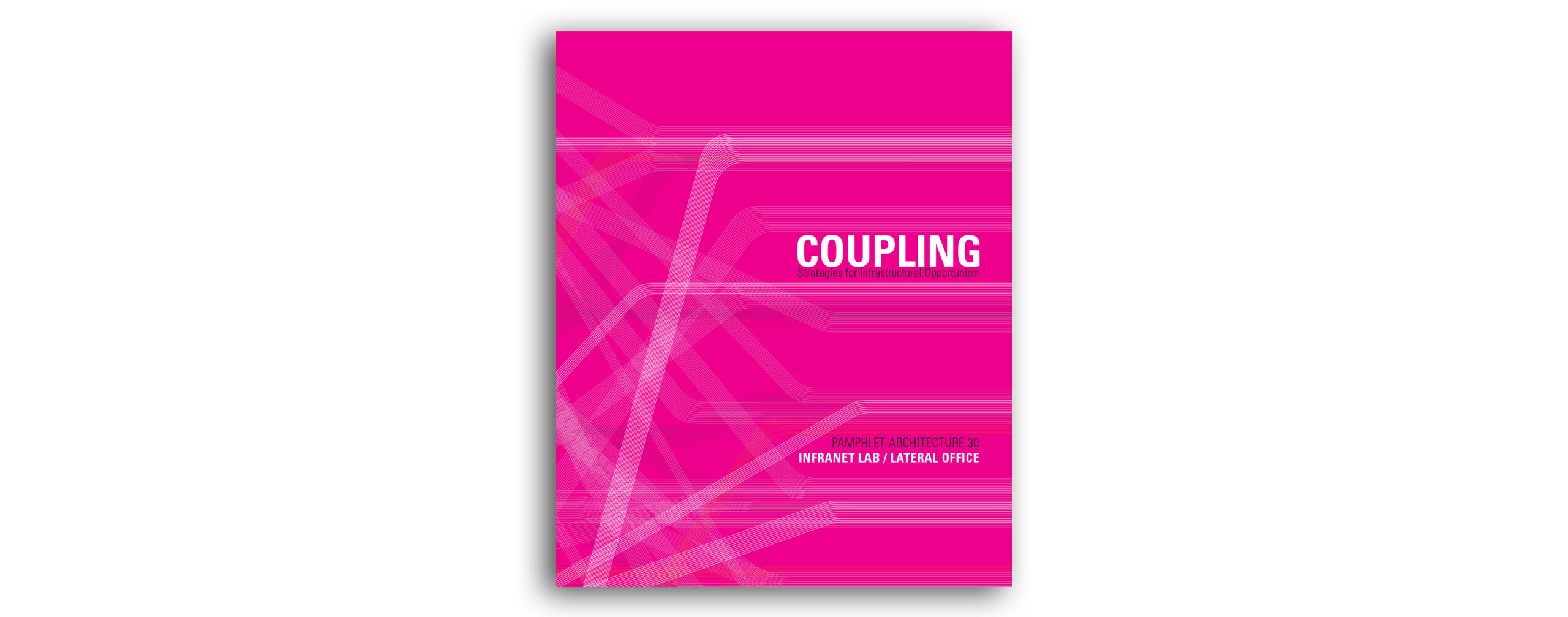by Neeraj Bhatia • 20th September, 2020 • with
0 Comments
Bracket [takes action] asks: What are the collective projects in the public realm to act on? How have recent design projects incited political or social action? How can design catalyze a public, as well as forums for that public to act? What is the role of spatial practice to instigate or resist public actions? Bracket 4 provokes spatial practice’s potential to incite and respond to action today.
by Neeraj Bhatia • 19th September, 2019 • with
0 Comments
New Investigations in Collective Form presents a group of design experiments by the design-research office The Open Workshop, that test how architecture can empower the diverse voices that make up the public realm and the environments in which they exist.
by Neeraj Bhatia • 17th September, 2017 • with
0 Comments
[Re] Commoning the Frontier explores how displacement of existing residents in the gentrifying neighborhood of San Francisco’s Southeast Waterfront can be mitigated.
by OWS Admin • 15th September, 2015 • with
0 Comments
Urbanism from Within explores the typology of the secondary (in-law) unit in San Francisco and its interaction with the larger systems of a city to test how a diffused form of individual interiors creates new connections and power structures, cross-pollenization of public and private realms, and formal architectural mutations.
by Neeraj Bhatia • 9th November, 2014 • with
0 Comments
The Agent is a bi-annual publication by The Urban Works Agency, which charts new trajectories of urbanism, landscape, geography, and architecture. The Agent forecasts the medium of discussion in the form of interviews that provide insight into urban issues typically not documented through books or exhibitions.
by Neeraj Bhatia • 13th September, 2013 • with
0 Comments
Bracket [goes Soft] examines the use and implications of soft today – from the scale of material innovation to territorial networks.
by Mollie Edgar • 13th September, 2013 • with
0 Comments
In recent years, Brazil has discovered vast quantities of petroleum deep within its territorial waters, inciting the construction of a series of cities along its coast and in the ocean. We could term these developments as Petropolises, or cities formed from resource extraction. The Petropolis of Tomorrow is a design and research project, originally undertaken at Rice University that examines the relationship between resource extraction and urban development in order to extract new templates for sustainable urbanism.
by Neeraj Bhatia • 10th September, 2010 • with
0 Comments
Coupling strategizes new formats for the physical infrastructure required in the wake of these shifting conditions. Coupling argues, through a body of design/research proposals, that infrastructures are in fact ecologies, or natural systems artificially maintained and calibrated.
by Neeraj Bhatia • 10th September, 2010 • with
0 Comments
Arium is a guidebook to Weather and Architecture. Examining the relationship between the atmosphere, built environment, culture, and politics, this comprehensive research project—under the direction of the architect Jürgen Mayer H. from Berlin and urban designer Neeraj Bhatia from Toronto—offers an in-depth look at our contemporary understanding of weather through critical examinations of design and architecture.
by Neeraj Bhatia • 6th September, 2006 • with
0 Comments
An issue of Volume that considers, “If the world is facing a crisis of debt, a crisis of truth, a crisis of sprawl and a crisis of purpose, what can design do?”









